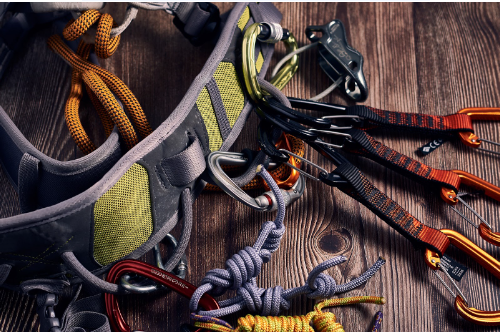
Understanding Fall Protection: Safety Measures and Regulations
Understanding the Importance of Fall Protection
Fall protection is a critical component of workplace safety, particularly in industries like construction, manufacturing, and maintenance where workers are often required to perform tasks at heights. The Occupational Safety and Health Administration estimates that falls account for a significant number of fatalities in these industries. Understanding fall protection, its significance, the safety measures involved, and the regulations governing it can make a world of difference in reducing these unfortunate incidents.
Fall protection refers to the procedures, techniques, and equipment used to prevent workers from falling from an elevated position, or to minimize injury if a fall does occur. These measures protect not only the physical well-being of workers, but they also have an impact on morale and productivity, as a safe environment fosters worker satisfaction and confidence.
Safety Measures in Fall Protection
Implementing safety measures is the most direct way to ensure that workers are protected from falls. These measures can be broadly categorized into three main types: fall prevention, fall restraint, and fall arrest.
- Fall Prevention: These are measures designed to prevent falls from happening in the first place. It includes the use of guardrails, safety nets, safety gates, and covers to prevent workers from reaching a point where a fall could occur. Regular safety training, job hazard analysis, and site inspections are also a part of fall prevention.
- Fall Restraint: Fall restraint systems are used to secure workers to an anchorage using a lanyard, and prevent them from reaching a fall hazard. A worker wearing a fall restraint system can work at the edge of a roof, for example, without the risk of falling off.
- Fall Arrest: In the event of a fall, fall arrest systems are designed to stop a worker’s fall before they hit the ground. These systems typically involve a full-body harness, a lanyard or lifeline, and an anchorage. The system must be capable of withstanding the force of a falling worker and bringing them to a complete stop.
Regulations Governing Fall Protection
Regulations play a pivotal role in enforcing and upholding safety standards for fall protection across various industries. In the United Arab Emirates (UAE), these regulations are predominantly supervised by the Ministry of Human Resources and Emiratisation (MOHRE) and Abu Dhabi Occupational Safety and Health Center (OSHAD).
Both MOHRE and OSHAD set forth standards for fall protection across different sectors, defining the specific conditions under which fall protection is necessary, the type of protection required, and the essential strength and construction of safety equipment. For example, OSHAD’s safety guidelines mandate that any working area with a potential fall risk of more than 1.2 meters should have suitable fall protection measures in place.
Furthermore, these regulatory bodies require that employers provide the necessary fall protection equipment, as well as provide proper training and resources to their employees. Regular workplace inspections are also enforced to ensure adherence to the rules and compliance with the safety standards.
In conclusion, understanding and implementing fall protection measures can significantly reduce the risk of workplace injuries and fatalities. Both employers and employees have a role to play in ensuring these safety measures are properly implemented and regulations are adhered to. Ensuring a safe work environment is not just a legal requirement, but also a moral duty of all involved parties.







